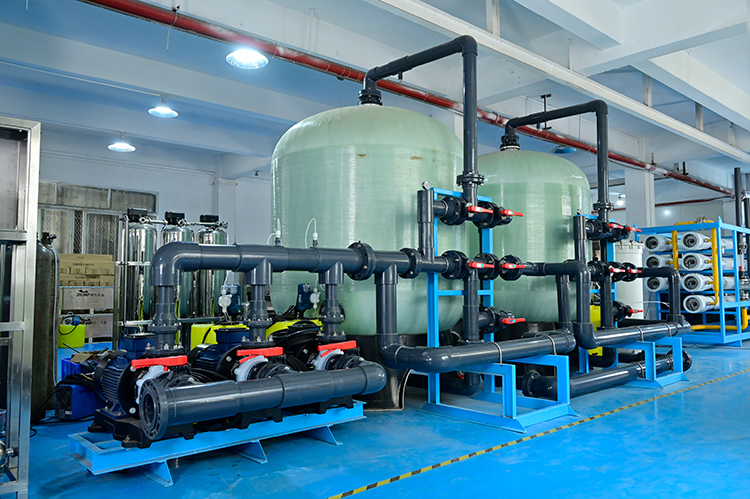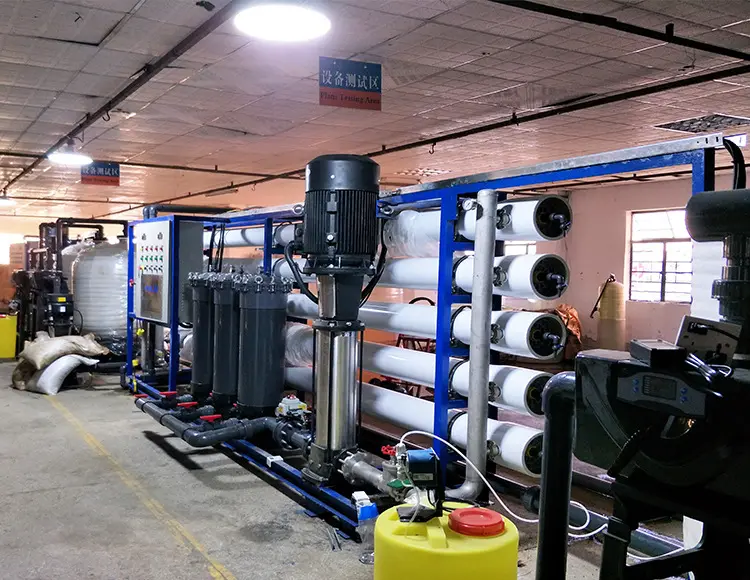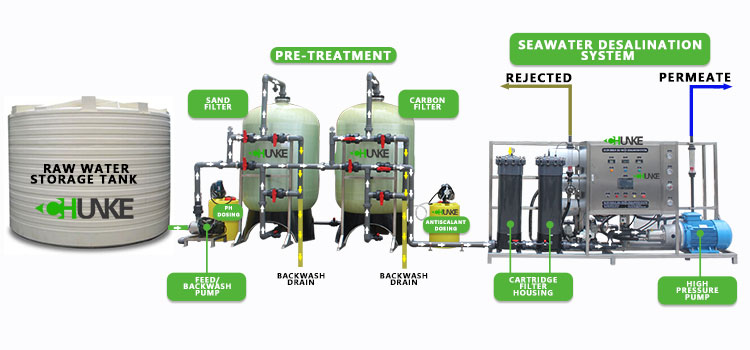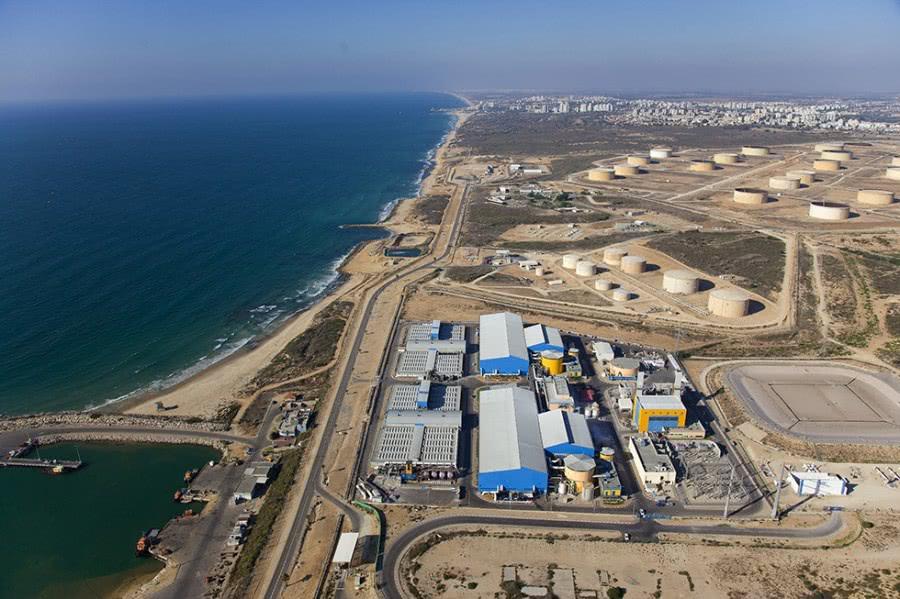- Commercial Reverse Osmosis Water Treatment Systems
- Industrial Reverse Osmosis Water Treatment Systems
- Ultrafiltration UF Water Treatment Systems
- Ion Exchange Water Treatment System
- Containerized Water Treatment Systems
- Customized Water Treatment System
- Bottle Water Filling Line
- Water Mechanical Micron Filters
- Stainless Steel Water Treatment Equipments
- Water Treatment Parts
- Water Sterilization
Can desalination for water reduce pollution of groundwater?
Currently, the world is facing an increasingly severe water resource crisis, and the problem of groundwater pollution is becoming increasingly prominent. In this context, seawater desalination systems have become a highly anticipated solution, playing an increasingly important role in reducing groundwater pollution.
1. Water resource crisis: Groundwater is seriously threatened
On a global scale, many regions are facing the dilemma of water scarcity, and groundwater, as an important source of fresh water, is gradually deteriorating due to overexploitation and human activities, leading to increasingly prominent pollution problems. The excessive extraction of groundwater leads to a decrease in water level, making it more susceptible to the infiltration of pollutants.

2. Pollution sources: Agricultural, industrial, and domestic emissions
Groundwater pollution mainly comes from agricultural, industrial, and domestic emissions. The discharge of fertilizers and pesticides used in agriculture, industrial wastewater, and wastewater generated in urban life contain pollutants that enter the groundwater layer through infiltration, causing a decrease in groundwater quality.
3. Seawater desalination system: a new way to solve the water resource crisis
The seawater desalination system is considered an innovative and feasible water resource management approach. By converting seawater into fresh water, it can compensate for the shortage of surface water and groundwater, thereby reducing excessive exploitation of groundwater. This technology not only provides a stable supply of fresh water, but also has the potential to reduce excessive extraction of groundwater to a certain extent, thereby reducing the risk of groundwater pollution.

4. Technical advantages: Efficient filtration of pollutants
The seawater desalination system adopts efficient reverse osmosis membranes and multiple filtration systems, which can effectively remove salt and impurities from seawater. This makes the fresh water obtained through seawater desalination more pure and relatively unaffected by pollutants in the local groundwater layer. Therefore, seawater desalination systems can provide a cleaner water source to a certain extent.

5. Environmental adaptability: mitigating the impact of climate change
Seawater desalination systems not only have advantages in providing water sources, but also have certain environmental adaptability in responding to climate change. Desalination of seawater does not rely on weather and climate, and is relatively more stable, which helps to mitigate the instability of water supply caused by climate change, thereby protecting groundwater from the threat of excessive extraction and extreme climate events.
6. Local guarantee: solving the shortage of water resources
The seawater desalination system can greatly replace the excessive exploitation of groundwater in areas near the sea, thereby ensuring the sustainable utilization of local water resources. This helps to address the issue of uneven distribution of regional water resources, making water resource management more locally secure and equitable.

The application of seawater desalination systems not only provides ecological and social benefits for water resource management, but also has significant economic benefits. By diversifying water supply, the economic dependence of society on groundwater resources has been reduced, resulting in a reduction in economic risks. This provides a more solid foundation for the sustainable development of society.




